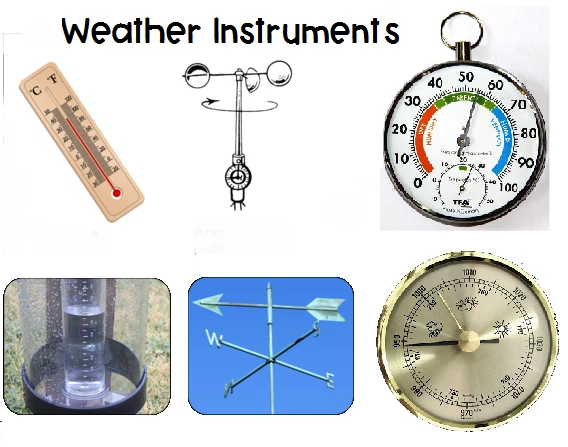
html
Weather Instruments: Essential Tools for Meteorological Observations
Weather instruments play a crucial role in gathering accurate meteorological data, enabling scientists and forecasters to predict weather patterns and study climate changes. These tools range from simple thermometers to advanced satellite systems, each serving a unique purpose in atmospheric observation.
Common Types of Weather Instruments
Thermometers
Thermometers measure air temperature, one of the most fundamental weather parameters. Modern digital thermometers provide precise readings, while traditional mercury thermometers remain reliable for many applications.
Barometers
Barometers track atmospheric pressure, helping meteorologists predict short-term weather changes. A sudden drop in pressure often indicates approaching storms or precipitation.
Anemometers
These devices measure wind speed and direction. Cup anemometers are commonly used at weather stations, while ultrasonic anemometers provide more advanced measurements without moving parts.
Hygrometers
Hygrometers determine humidity levels in the air, an important factor in weather forecasting and human comfort assessment. Modern electronic hygrometers offer quick and accurate readings.
Rain Gauges
Simple yet effective, rain gauges collect and measure precipitation over a set period. Tipping bucket rain gauges automatically record rainfall amounts for weather stations.
Advanced Weather Monitoring Systems
Beyond basic instruments, modern meteorology relies on sophisticated systems:
- Weather Radars: Detect precipitation, its motion, and intensity
- Weather Satellites: Provide global coverage of cloud patterns and atmospheric conditions
- Radiosondes: Balloon-borne instruments that measure atmospheric parameters at various altitudes
- Automated Weather Stations: Combine multiple sensors for continuous monitoring
The Importance of Proper Instrument Placement
Accurate weather measurements require careful instrument placement. The World Meteorological Organization (WMO) provides guidelines for:
- Height above ground for temperature sensors
- Distance from obstructions for wind measurements
- Shielded locations for precipitation gauges
- Proper calibration and maintenance schedules
Conclusion
Weather instruments form the backbone of meteorological science, from simple backyard weather stations to complex global observation networks. As technology advances, these tools continue to improve in accuracy and reliability, helping us better understand and predict Earth’s complex atmospheric systems.
Keyword: wether instruments
0 thoughts on “Weather Instruments: Essential Tools for Meteorological Observations”